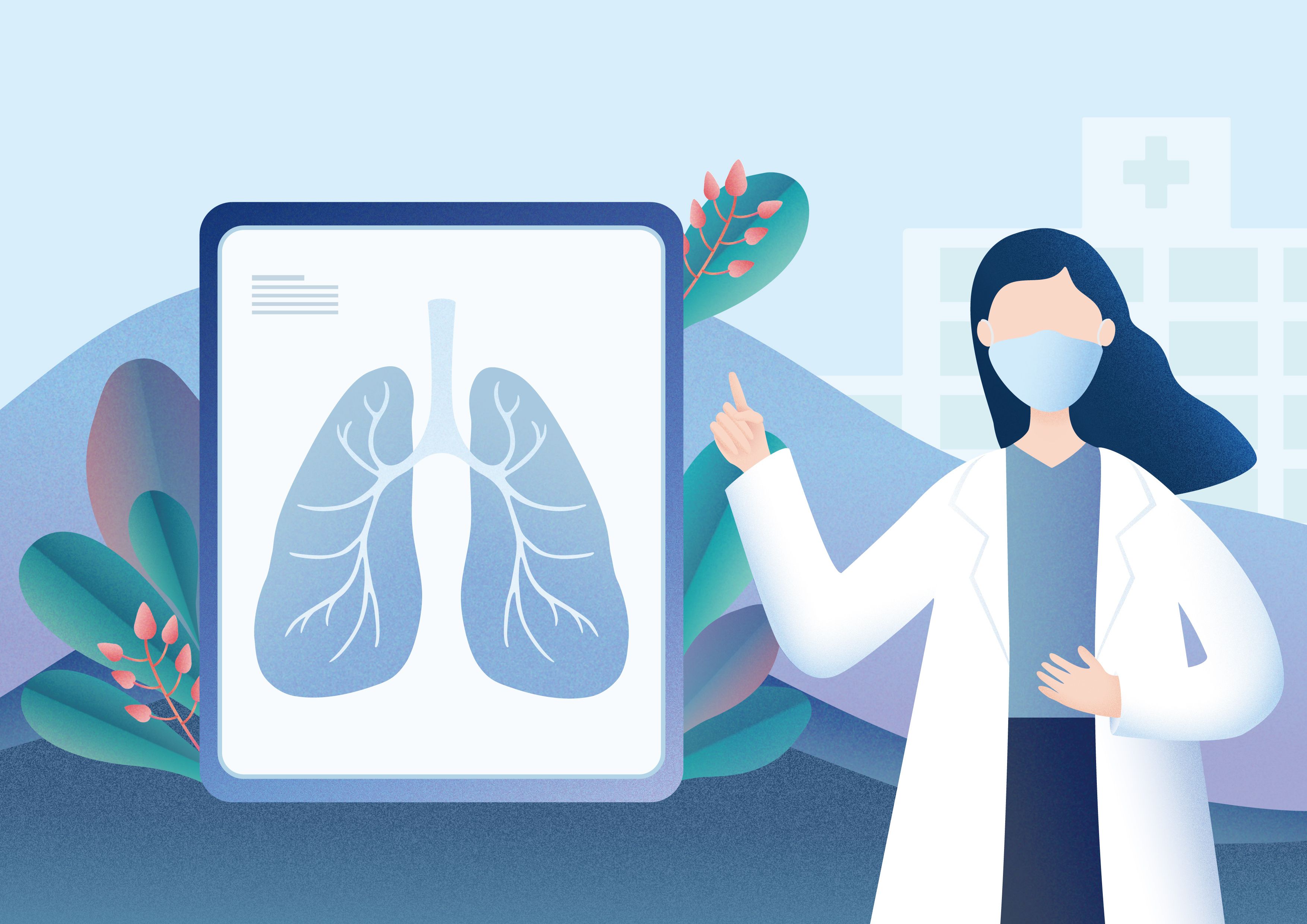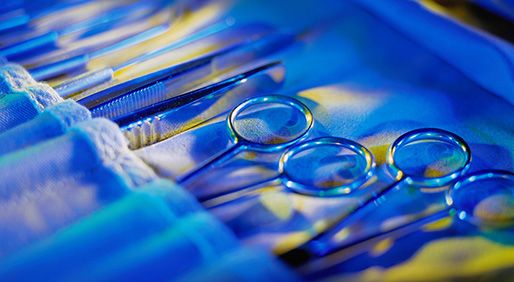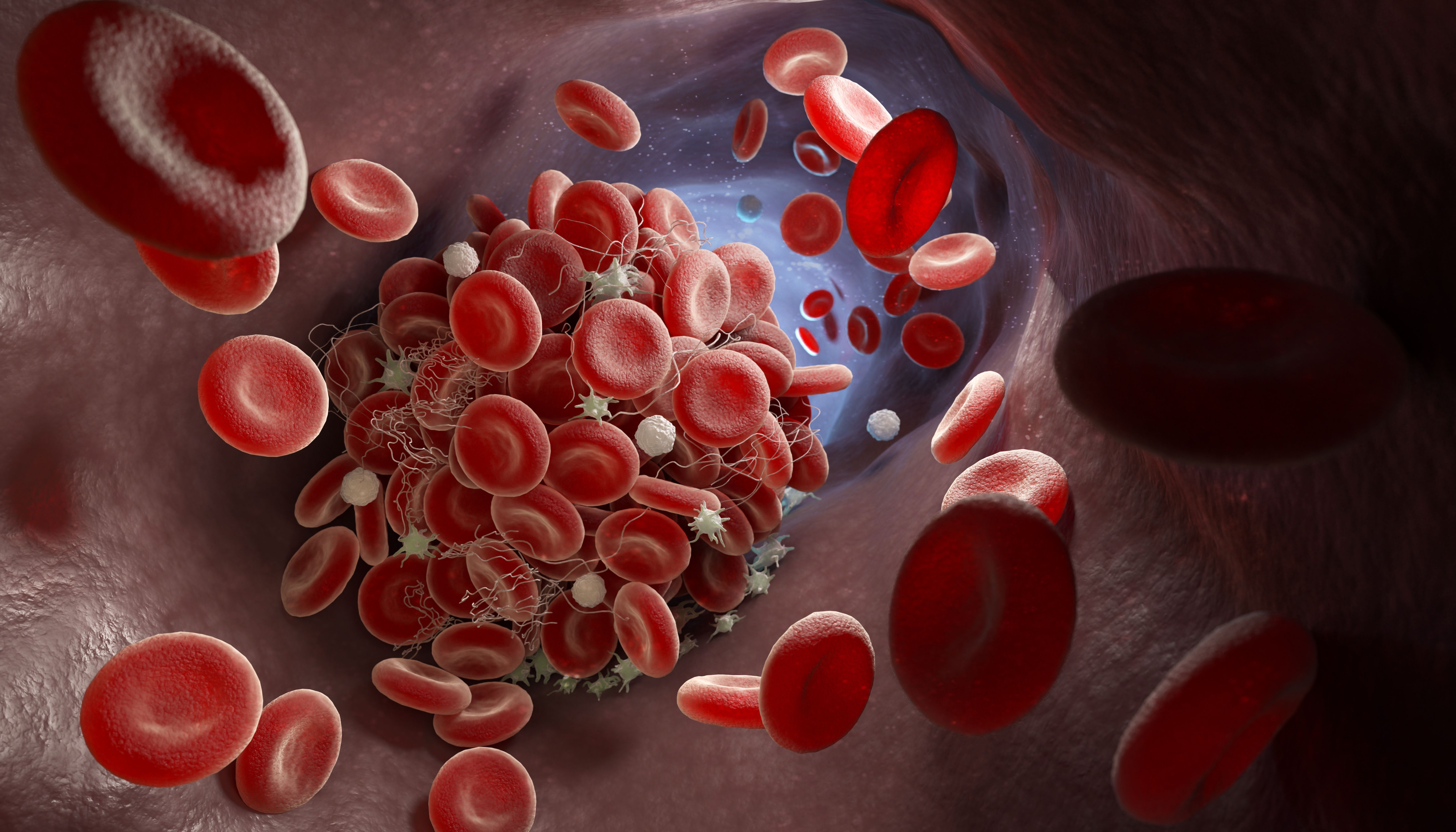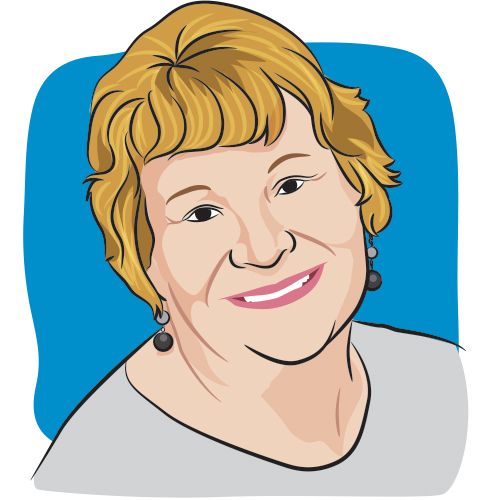Article
Tissue Donation
Author(s):
During this holiday season, one CURE contributor hopes that others will consider tissue or organ donation.
"I guess this month is a bad month for me," I say to people to cover up the fact that I still can't seem to get some bills paid on time, that I went over my credit card limit again, and that I generally have no interest in all things to do with finances, car repairs, heating units, and outside hoses. These are what Dan used to be good at. I resent the fact that I now have to be good at what he was good at.
He used to make an apple or pumpkin pie every Thanksgiving. No one would want a pie from me. It feels sacrilegious to buy one from a store. My sense of humor tells me that the least he could have done before he died was to make a few pies and put them in the freezer. Dan probably would have done that if I had suggested it to him. He was that kind of a guy. The most generous, accommodating, thankful man I knew. Kind of ironic that he died five days before Thanksgiving.
Before he died of bile duct cancer in 2015, we both made the decision to donate our brain to the Autism Tissue Project at Harvard. At that time I remember him saying jokingly to me, "that's the only way I'll ever get to go to Harvard." We were asked to do this because our son is on the autism spectrum and we believed this research would be valuable some day in finding a cure. About a week before he died, I called the number on the donation card. The organization I was directed to was the Autism BrainNet, a newly formed consortium for autism research which now included The Autism Tissue Project. I didn't think they would want Dan's brain, which had been ravaged by cancer, but they did. The administrator said to call her day or night.
At approximately 12:30 am on November 20, 2015, I made that call. Dan had died and his brain needed to be harvested. Within hours he was at the funeral home (picked specifically because it had a surgical area) so the Baltimore Medical Examiner could extract his brain. Soon it was escorted to NYC via plane; a few hours later, it was safely received by the Mount Sinai School of Medicine. Dan was cremated. Life went on.
This past August would have been Dan's 62nd birthday. As I was looking through old photos, I remembered that Dan had a memory page on the AutismBrainNet website. I checked and his name wasn't there, so I contacted the organization. I'm glad I did because it gave me the opportunity to ask if any research had been done with his brain tissue. Turns out his brain tissue was part of the National Whole Genome Research Project, the largest genome research database of its kind, dedicated to discovering the genetics behind autism and its connection to other disorders.
In March 2017 the journal, Nature Neuroscience, published results from the National Whole Genome Research Project. The research, based on an analysis of 5,205 whole genomes from families affected by autism [which included Dan's brain tissue], identified 18 new autism genes and 61 genetic variations that affect biochemical pathways in the brain. At least two of the autism-associated gene changes were associated with increased risk for seizures. This is essential because our son Alex developed a seizure disorder in his early twenties. Now we are a little closer to learning why.
Just because a person has cancer doesn't mean that his or her tissue is invaluable. As a matter of fact, it may even be more valuable in establishing relationships between certain conditions. Studies have found that some gene mutations in people with Autism Spectrum Disorder (ASD) are likely to cause an increase in certain cancers, while other studies show that compared to control subjects, people with autism have less of a chance of developing cancer. However, Traci Pederson, author of "Study Finds Perplexing Link Between Cancer and Autism" asks these questions: "..could the genetic variants that appear to protect against cancer in ASD individuals be harnessed to develop new anti-cancer treatments? Or could current cancer drugs that target the genetic pathways found to overlap with ASD also be useful for treating ASD?" Even though the relationship between cancer and autism is merky at best, there is still knowledge to be gained.
I'm glad that in the moments right after his death, I made that call. That I didn't let my grief overtake my ability to do what Dan wanted. As Thanksgiving approaches, I get some solace from knowing that this was one of his favorite holidays. Even though he didn't make it to Harvard, his journey still continues to this day.
During this holiday season, I hope that others will consider tissue or organ donation.




